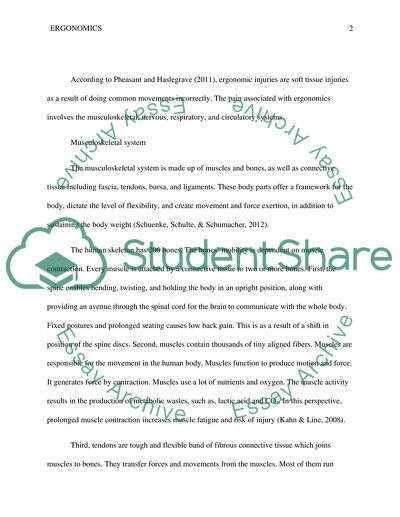Musculoskeletal, nervous, respiratory, and circulatory systems in Essay. Retrieved from https://studentshare.org/health-sciences-medicine/1675294-musculoskeletal-nervous-respiratory-and-circulatory-systems-in-ergonomics
Musculoskeletal, Nervous, Respiratory, and Circulatory Systems in Essay. https://studentshare.org/health-sciences-medicine/1675294-musculoskeletal-nervous-respiratory-and-circulatory-systems-in-ergonomics.


